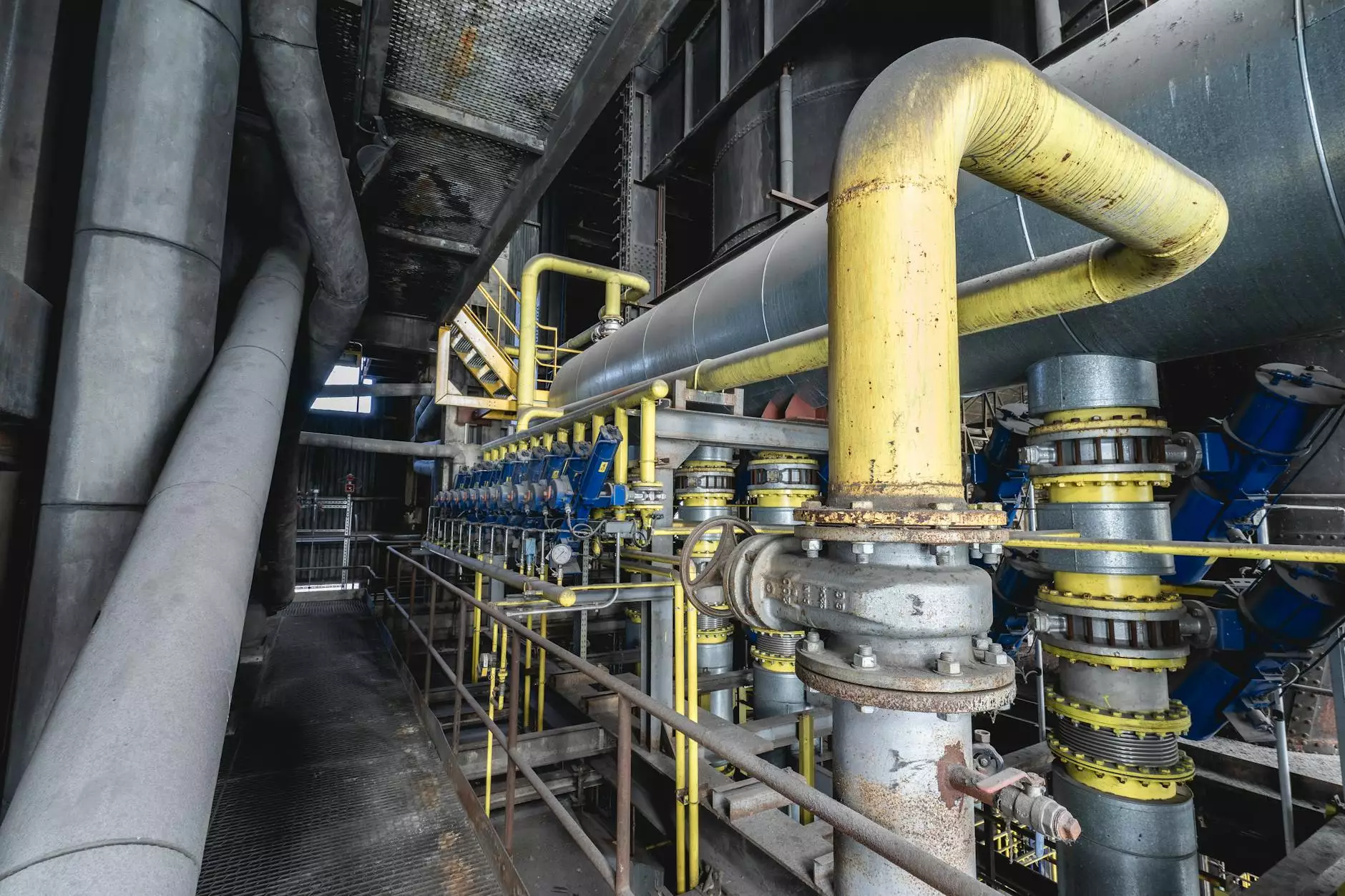Maximizing Your Harvest with Grain Moisture Analyzers

In the world of agriculture, moisture management is a critical factor that directly influences the quality and profitability of grain. One of the most effective tools in this process is the grain moisture analyzer. This article delves into the significance of this essential device, exploring its benefits, operational methodologies, and the impact it has on farming success. Through innovative technological advancements and a deeper understanding of moisture content, farmers can significantly enhance their operational efficiency and product quality.
Understanding Grain Moisture Analyzers
A grain moisture analyzer is an instrument designed to determine the moisture content of a variety of grains, including but not limited to wheat, corn, soybeans, and barley. By providing accurate moisture measurements, these analyzers play a vital role in ensuring that grains are stored properly, preventing spoilage and loss in quality.
The Importance of Moisture Management in Grain Storage
Moisture is one of the most critical factors affecting grain quality during storage. High moisture levels can lead to:
- Fungal Growth: Excess moisture creates an environment conducive to mold and fungi, which can spoil the grain.
- Degradation of Quality: High moisture can decrease the taste, texture, and nutritional value of grain.
- Increased Transportation Costs: Transporting wet grain is less efficient and more costly due to added weight.
By routinely measuring moisture levels, farmers can make informed decisions on when to harvest, how to store and when to sell their grain. This not only preserves the quality but also maximizes profits.
How Grain Moisture Analyzers Work
Modern grain moisture analyzers come equipped with advanced technology to measure moisture content accurately. The most common methods include:
1. Conductive Method
This method measures the electrical conductivity of the grain, which varies with moisture content. As moisture levels increase, so does conductivity, allowing for accurate moisture readings.
2. Dielectric Method
Utilizing electromagnetic waves, this method detects changes in moisture via the dielectric constant of the grain. It's particularly effective for measuring the moisture in bulk grain storage.
3. Infrared Method
This method measures the absorption of infrared light by water molecules present in the grain. It's known for its speed and precision, making it ideal for rapid assessments.
Understanding these methods allows farmers to select the right type of grain moisture analyzer for their specific needs, ensuring optimum use of the device for improved operations.
Advantages of Using Grain Moisture Analyzers
Integrating grain moisture analyzers into farming operations offers numerous advantages:
- Enhanced Precision: Accurate moisture readings ensure that grains are stored under optimal conditions.
- Improved Harvesting Decisions: With real-time data, farmers can determine the best time to harvest, reducing the risk of over or under-drying.
- Cost Efficiency: Minimizing losses from spoilage and transportation can lead to significant cost savings.
- Better Product Quality: Maintaining the right moisture level enhances the quality of grains, making them more desirable in the market.
Choosing the Right Grain Moisture Analyzer
With various models and brands available in the market, selecting the appropriate grain moisture analyzer is crucial. Here are some aspects to consider:
1. Accuracy and Precision
Look for manufacturers that provide specifications on accuracy percentage and repeatability. Ensure that the analyzer is calibrated and is suitable for the type of grain you plan to measure.
2. User-Friendliness
The device should be easy to operate with a clear display. Features like automatic calibration and minimal maintenance can enhance usability.
3. Portability
For farmers who need to measure moisture in the field, a portable model is ideal. Check the weight and battery life for convenience during use.
4. Durability
Consider the construction of the unit. It should be robust enough to withstand conditions typically found in storage and field environments.
Integrating Grain Moisture Analyzers into Farming Practices
Once you've selected a grain moisture analyzer, it's essential to integrate it effectively into your farming practices:
1. Regular Monitoring
Perform consistent checks on moisture content throughout the harvest and storage phases. This habit can prevent issues related to spoilage and quality reduction.
2. Data Logging
Utilize the data gathered for trend analysis. Understanding seasonal variations in moisture can enhance future harvesting decisions.
3. Educating Staff
Ensure that employees are trained in using the grain moisture analyzer. Familiarity with the device will contribute to its maximum effectiveness.
Conclusion: The Future of Grain Management
As agriculture becomes increasingly technology-driven, tools like grain moisture analyzers are pivotal in optimizing grain handling processes. Emphasizing precision and proactive moisture management, these devices enable farmers to maintain quality, increase yields, and enhance profitability.
Investing in a grain moisture analyzer not only benefits your current operations but also positions your farm to adapt to future industry changes. At tsgcinc.com, we offer advanced solutions for farm equipment repair and quality farming equipment that can integrate seamlessly with your existing processes, ensuring your grains reach their full potential.
Adopt the best practices for moisture management, embrace the advantages of modern technology, and secure your farming future with the right tools at your disposal.









